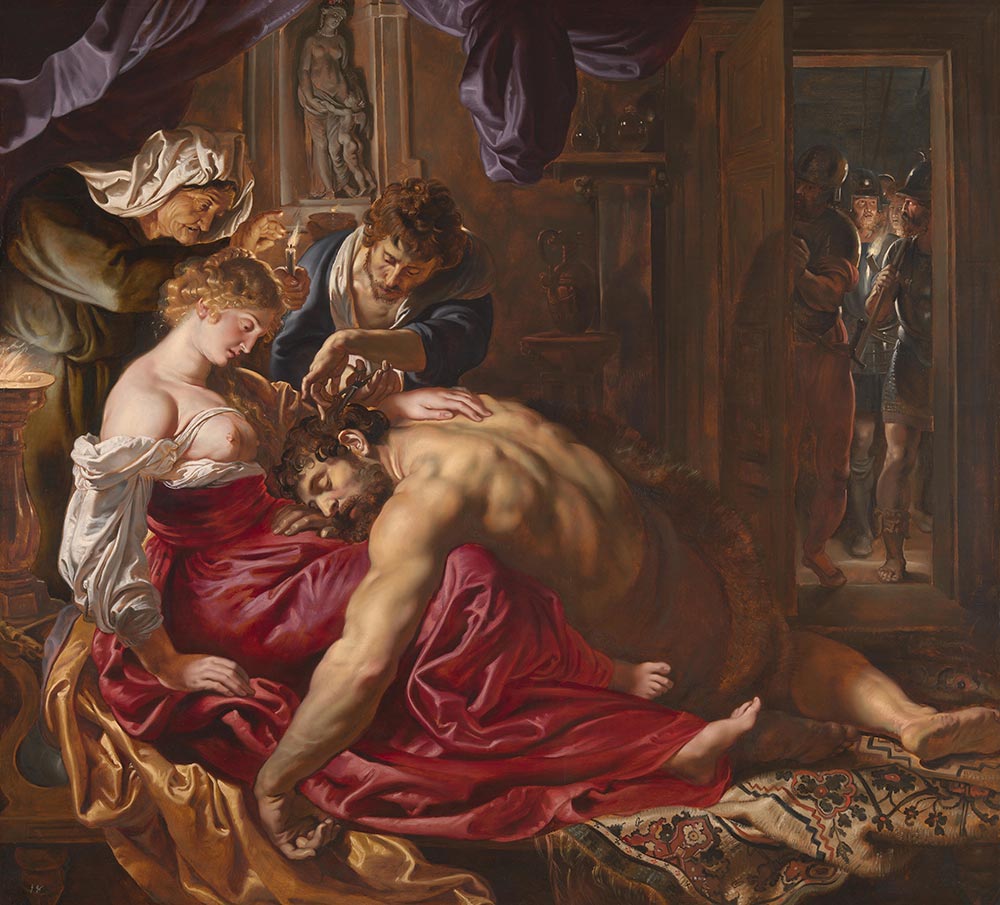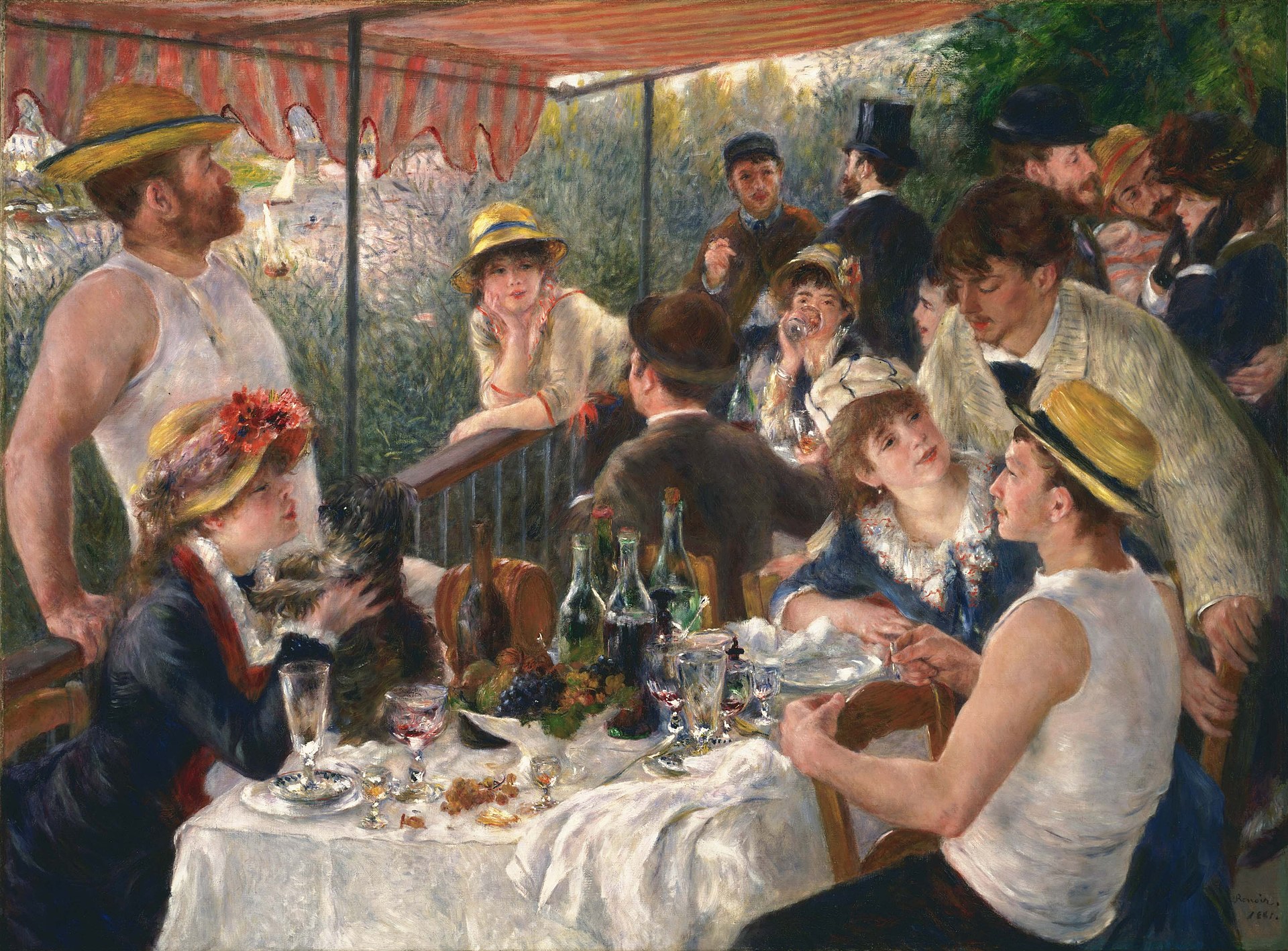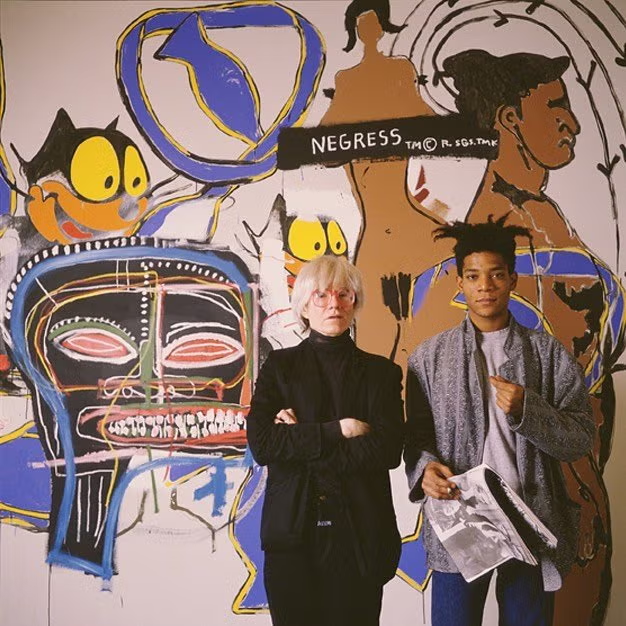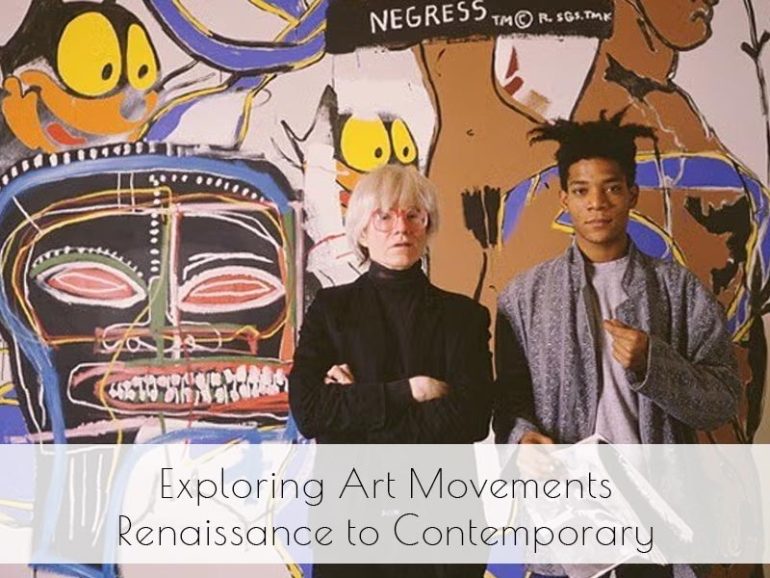Art movements have shaped the course of art history, each bringing new perspectives and techniques that have influenced generations of artists. Understanding these movements not only provides insight into the evolution of art but also inspires modern artists to innovate and create. In this post, we will explore major art movements from the Renaissance to contemporary times, highlighting key artists and their contributions.
Renaissance
The Renaissance, spanning from the 14th to the 17th century, marked a revival of classical learning and a profound transformation in art. Artists like Leonardo da Vinci, Michelangelo, and Raphael revolutionized art with their mastery of perspective, anatomical accuracy, and humanism. Leonardo’s “Mona Lisa” and Michelangelo’s “David” exemplify the era’s emphasis on beauty, balance, and realism. The Renaissance laid the groundwork for future art movements by reintroducing classical techniques and focusing on human potential and experience.

Baroque
The Baroque period, emerging in the 17th century, is characterized by its dramatic use of light and shadow, emotional intensity, and grandeur. Artists such as Caravaggio, Rembrandt, and Peter Paul Rubens brought new levels of realism and movement to their work. Caravaggio’s use of chiaroscuro and Rembrandt’s expressive portraits exemplify the Baroque fascination with the interplay of light and dark and the human condition. This movement influenced subsequent art forms with its bold compositions and dynamic storytelling.

Impressionism
In the late 19th century, Impressionism broke away from traditional art forms, focusing on light, colour, and everyday scenes. Pioneers like Claude Monet, Edgar Degas, and Pierre-Auguste Renoir captured fleeting moments and the effects of light with loose brushwork and vibrant colours. Monet’s “Impression, Sunrise” gave the movement its name and exemplifies its emphasis on atmosphere over detail. Impressionism paved the way for modern art by challenging conventional techniques and highlighting the artist’s perception of reality.

Modernism
Modernism, spanning from the late 19th to mid-20th century, saw artists experimenting with form, technique, and subject matter. Influential figures like Pablo Picasso, Henri Matisse, and Wassily Kandinsky pushed the boundaries of art with their abstract and innovative approaches. Picasso’s Cubism, Matisse’s Fauvism, and Kandinsky’s abstract expressionism represented a shift towards abstraction and a focus on the inner experience. Modernism reflected the rapidly changing world, including industrialization and the impact of the World Wars.

Postmodernism
Postmodernism, from the mid-20th century to the present, challenges traditional narratives and blurs the lines between high and low art. Artists such as Andy Warhol, Jean-Michel Basquiat, and Cindy Sherman use pastiche, irony, and a mix of styles to question cultural norms and art itself. Warhol’s pop art, Basquiat’s graffiti-inspired works, and Sherman’s conceptual photography illustrate postmodernism’s diverse and eclectic nature. This movement continues to influence contemporary art by encouraging artists to rethink and remix past styles and ideas.

Influence on Contemporary Art
Historical art movements continue to influence contemporary artists, who draw inspiration from past techniques and philosophies. Modern artists often blend elements from different periods, creating innovative works that pay homage to their predecessors. For example, street artists incorporate Renaissance techniques, while digital artists experiment with modernist abstraction. The fusion of styles and the ongoing dialogue between past and present demonstrate the dynamic nature of art history.
Studying art movements from the Renaissance to contemporary times reveals the rich tapestry of human creativity and expression. For our students, exploring these periods provides valuable insights and inspiration for their own work. By understanding the evolution of art, you can appreciate the foundations of their craft and continue the legacy of innovation and creativity in the art world. Let us know your favourite movement and favourite paintings drawings or sculptures form them! Wed love to hear from you.
If you would like to receive a roundup of all of our blog posts once a week to keep you inspired in your inbox, why not sign up to our newsletter. You can access our sign up at the top of our page. If you are a London Art College student and you would like your artwork featured here, drop us a line at any time.

